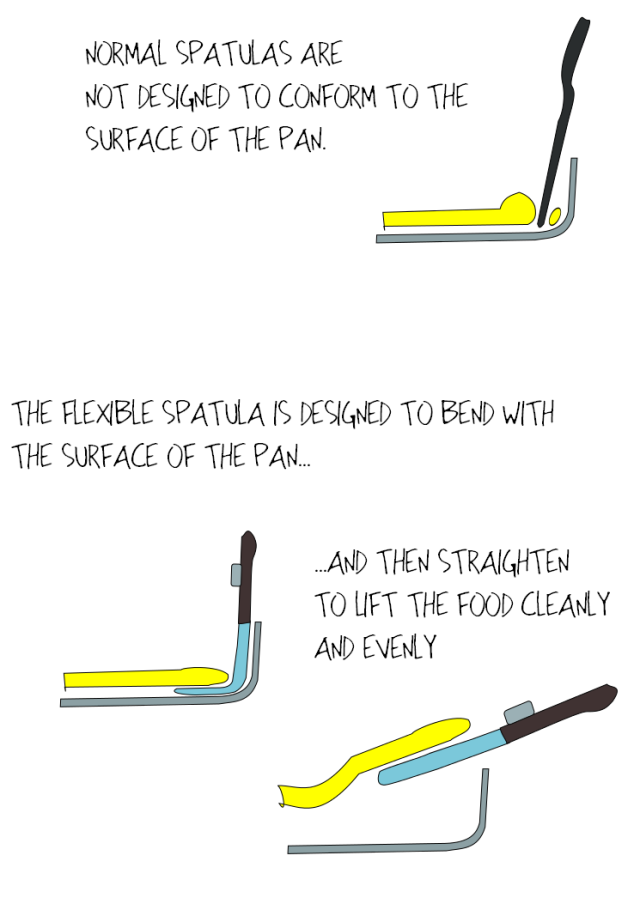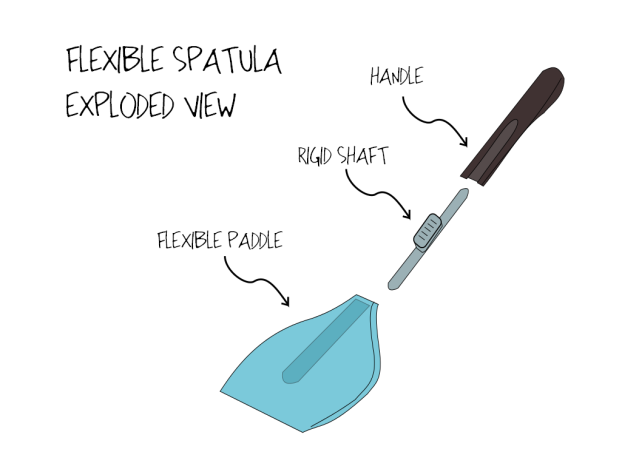Don’t get me wrong…Anticipation can be a good thing, but, as with everything, it must be treated as a calculated risk.
I often think of the long lines that form outside of Apple stores before the release of the latest and greatest iDevice.
Once the doors open, two things are guaranteed to follow in a very short time:
- Apple is going to make a lot of money in a very short time.
- The internet is about to be abuzz with news links and blogs detailing the disappointments experienced with the new device (What do you mean the maps aren’t accurate?!?!).
It seems like, once some people get their hands on the newest iDevice, they focus their entire energy on finding every flaw with it.
Now, this may be an extreme example, but it is played out everyday (albeit, on a much smaller scale) whether you realize it or not:
It starts with the first add or the first media leak…basically the first time someone hears about a new service or device: they start dreaming about it.
The danger in dreaming is that people start to imagine their use of the device or service. They start ‘dreaming-in’ features that may not exist, they start ‘dreaming-in’ applications for which the actual device/service may not be acceptable, and they may even ‘dream-in’ a level of usability that the device/ service may not have yet achieved.
When they receive or experience the new device/service, it is already under scrutiny: being compared against the perception that the individual has had ample time to bake up in their minds.
There is a reason that unexpected gifts make us happier than expected ones (When you get an unexpected bonus you are happy and surprised; when you are expecting a certain dollar amount, you just get upset at how much the government takes away from it and lose focus of the extra money you have received).
So, if your goal is to make a lot of money in a short time (like a new movie), you can use audience anticipation as a great tool to achieve your goals, but, if you want to avoid criticism (or focus on maintaining a lasting seller-customer relationship), you must approach anticipation more delicately (ensure product/service features are explicitly laid out to prevent ‘over-dreaming’, etc.).


 Here is a picture of my trusty bag of protein powder; what is the first thing you notice?
Here is a picture of my trusty bag of protein powder; what is the first thing you notice?




